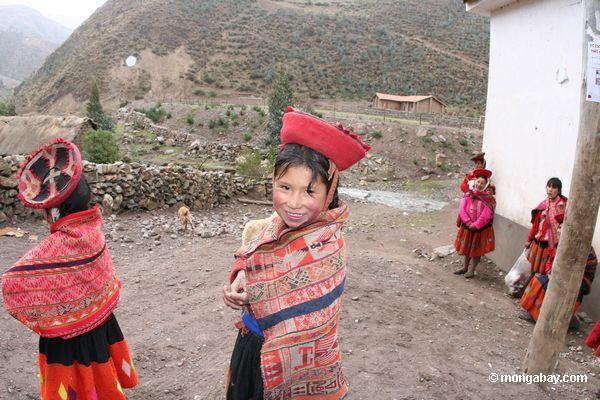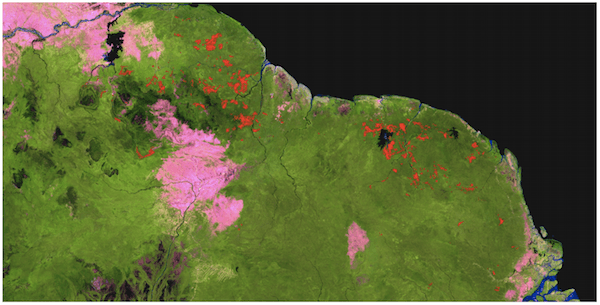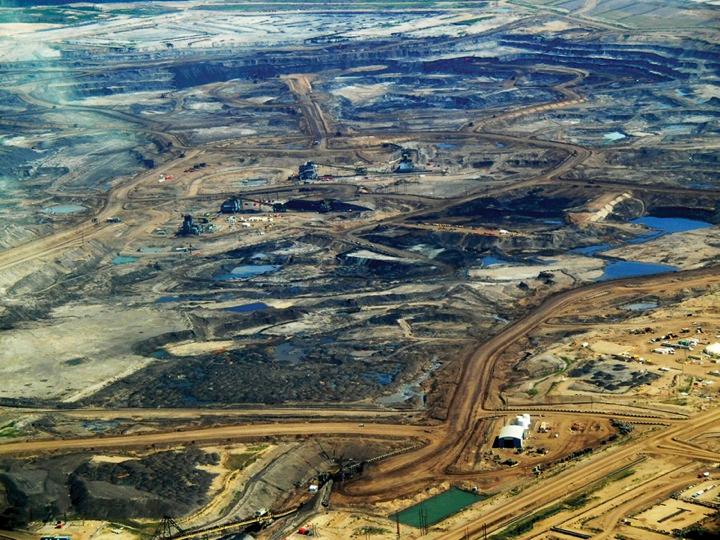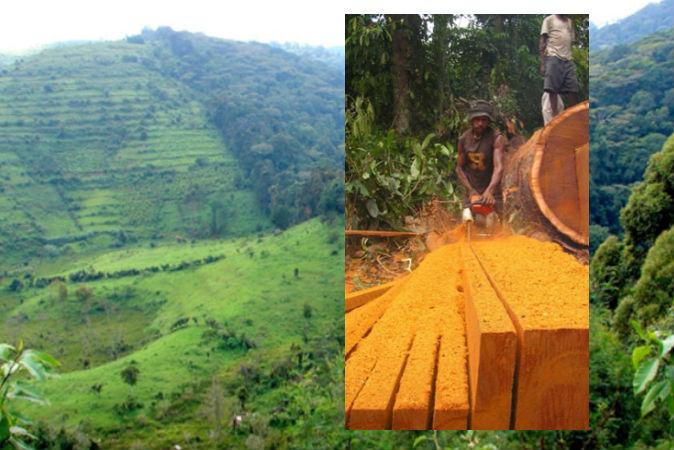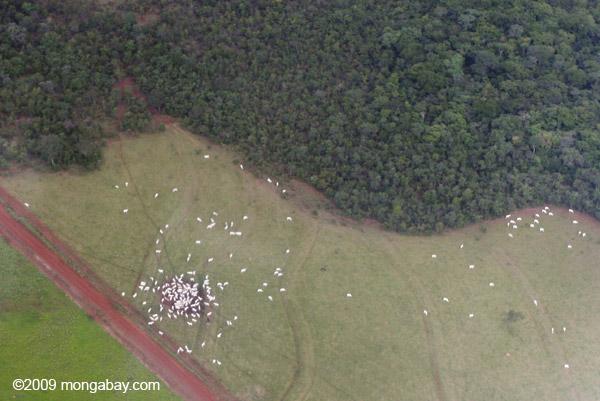Liz Kimbrough
Author
LATEST
Developing Land A Human Rights Issue
Throughout the tropics, staggering amounts of land have been designated for natural resource extraction—as much as 40 percent of Peru, 30 percent of Indonesia and 35 percent of Liberia. However, much of this land is already in use; it is being inhabited by local communities and indigenous peoples.
|
Recognize Novel Forests to Conserve Them
Think first before you eradicate non-native species says Dr. Ariel E. Lugo, the current director of the International Institute of Tropical Forestry within the USDA Forest Service, based in Puerto Rico. Lugo, an accomplished ecologist, supports the idea that both native and non-native plants have important roles to play in conservation efforts.
|
Guiana Shield Threatened by Gold Mining
Gold mining is on the rise in the Guiana Shield, a geographic region of South America that holds one of the world’s largest undisturbed tract of rainforest.
|
Empower Youth to Conserve the Forests
http://news.mongabay.com/2014/1009-forestinnovation-kimbrough-walpole.html
|
Huge Forest Losses From Oil Extraction in Canada
In a YouTube video posted Monday, Leonardo DiCaprio challenged Canadian Prime Minister Stephan Harper to the Ice Bucket Challenge. While helping to fund research efforts for amyotrophic lateral sclerosis (ALS), DiCaprio’s video seemed to also have another purpose.
|
DNA Fingerprinting for Forest Conservation
The idea behind DNA fingerprinting is that regulators could take DNA samples from imported wood to verify that the products are the correct species and are coming from legal localities.
|
Forest Conservation and the Double-Edged Sword of Democracy
Dr. Douglas Sheil on forest conservation: “Combine democracy with modern communication technology and improved information access, and it seems that governments will increasingly be held accountable. So will conservation.”
|
Next Big Idea in Forest Conservation? Crowdsourced Forest Monitoring
In the Brazilian Amazon, deforestation alerts are being submitted via smartphones. On the ground technicians send alerts to a database stored in “the cloud.”
|
Next Big Idea in Forest Conservation? Connecting Deforestation to Disease
Dr. Thomas Gillespie is concerned with the connections between conservation and disease, with a particular emphasis on primates.
|
Next Big Idea in Forest Conservation? Privatizing Conservation Management
Is it possible to equitably divide the planet’s resources between human and non-human societies? Can we ensure prosperity and rights both to people and to the ecosystems on which they rely?
|
Developing Land A Human Rights Issue
Throughout the tropics, staggering amounts of land have been designated for natural resource extraction—as much as 40 percent of Peru, 30 percent of Indonesia and 35 percent of Liberia. However, much of this land is already in use; it is being inhabited by local communities and indigenous peoples.
|
Recognize Novel Forests to Conserve Them
Think first before you eradicate non-native species says Dr. Ariel E. Lugo, the current director of the International Institute of Tropical Forestry within the USDA Forest Service, based in Puerto Rico. Lugo, an accomplished ecologist, supports the idea that both native and non-native plants have important roles to play in conservation efforts.
|
Guiana Shield Threatened by Gold Mining
Gold mining is on the rise in the Guiana Shield, a geographic region of South America that holds one of the world’s largest undisturbed tract of rainforest.
|
Empower Youth to Conserve the Forests
http://news.mongabay.com/2014/1009-forestinnovation-kimbrough-walpole.html
|
Huge Forest Losses From Oil Extraction in Canada
In a YouTube video posted Monday, Leonardo DiCaprio challenged Canadian Prime Minister Stephan Harper to the Ice Bucket Challenge. While helping to fund research efforts for amyotrophic lateral sclerosis (ALS), DiCaprio’s video seemed to also have another purpose.
|
DNA Fingerprinting for Forest Conservation
The idea behind DNA fingerprinting is that regulators could take DNA samples from imported wood to verify that the products are the correct species and are coming from legal localities.
|
Forest Conservation and the Double-Edged Sword of Democracy
Dr. Douglas Sheil on forest conservation: “Combine democracy with modern communication technology and improved information access, and it seems that governments will increasingly be held accountable. So will conservation.”
|
Next Big Idea in Forest Conservation? Crowdsourced Forest Monitoring
In the Brazilian Amazon, deforestation alerts are being submitted via smartphones. On the ground technicians send alerts to a database stored in “the cloud.”
|
Next Big Idea in Forest Conservation? Connecting Deforestation to Disease
Dr. Thomas Gillespie is concerned with the connections between conservation and disease, with a particular emphasis on primates.
|
Next Big Idea in Forest Conservation? Privatizing Conservation Management
Is it possible to equitably divide the planet’s resources between human and non-human societies? Can we ensure prosperity and rights both to people and to the ecosystems on which they rely?
|

